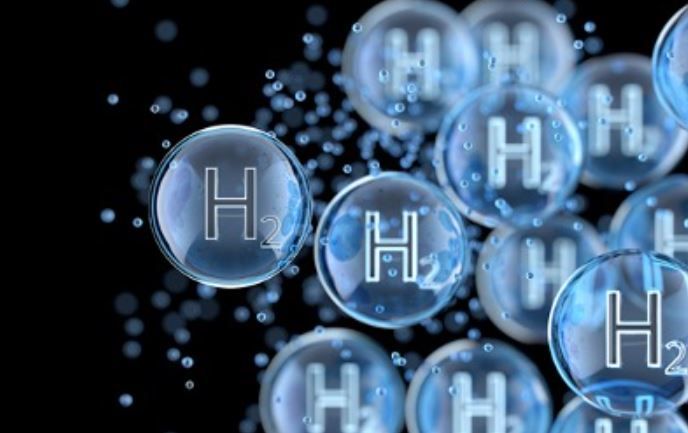New South Wales (NSW) government has granted planning approval for a $207.6 million hydrogen hub on Kooragang Island. Spearheaded by Origin Future Fuels, this project marks a substantial investment in green hydrogen technology and infrastructure.
The hydrogen hub aims to deliver approximately 55 megawatts of electrolyzer capacity by 2026, with the goal of scaling up to over 1 gigawatt within the next decade. This development supports NSW’s strategy to establish a commercial-scale green hydrogen supply chain and refueling network, primarily servicing the Hunter Region.
Green hydrogen, produced through the electrolysis of water, offers a cleaner alternative for industrial processes and transportation fuel. The hub’s primary industrial customer will be Orica’s nearby ammonium nitrate manufacturing facility, which aims to decarbonize its operations by integrating green hydrogen.
The project is backed by significant funding, including $45 million from the NSW Department of Climate Change, Energy, the Environment and Water, and $70 million from the Commonwealth Department of Climate Change, Energy, the Environment and Water. This financial support underscores the governments’ commitment to accelerating the transition to renewable energy and reducing carbon emissions.
The hub is expected to save over 52,000 tonnes of greenhouse gas emissions annually from Orica’s facility alone. In addition to environmental benefits, the project will create 160 construction jobs and 10 ongoing roles, providing a boost to the local economy.
While the hydrogen hub represents a crucial step towards achieving net-zero emissions by 2050, it is essential to contextualize its significance against broader industry benchmarks. The projected capacity of over 1 gigawatt is ambitious and aligns with global efforts to scale green hydrogen production. However, the success of this initiative hinges on several factors, including the establishment of a reliable hydrogen transport network and the economic viability of hydrogen production.
The NSW government’s regulatory framework for tendering hydrogen-ready gas-fired power plants is a critical component of this transition. Ensuring that the infrastructure and policy support are in place will be key to the project’s success. Additionally, the scalability of hydrogen production to meet future demand remains a significant challenge.
Globally, hydrogen projects are gaining momentum, with countries like Germany, Japan, and South Korea making substantial investments. NSW’s hydrogen hub is comparable to these international projects in terms of scale and ambition. For instance, Germany’s national hydrogen strategy aims for 5 gigawatts of electrolysis capacity by 2030, setting a high bar for other nations.
Comparatively, the NSW project’s initial 55 megawatts of capacity is modest but represents an essential starting point. The planned expansion to 1 gigawatt indicates a long-term commitment to developing a robust hydrogen economy.
